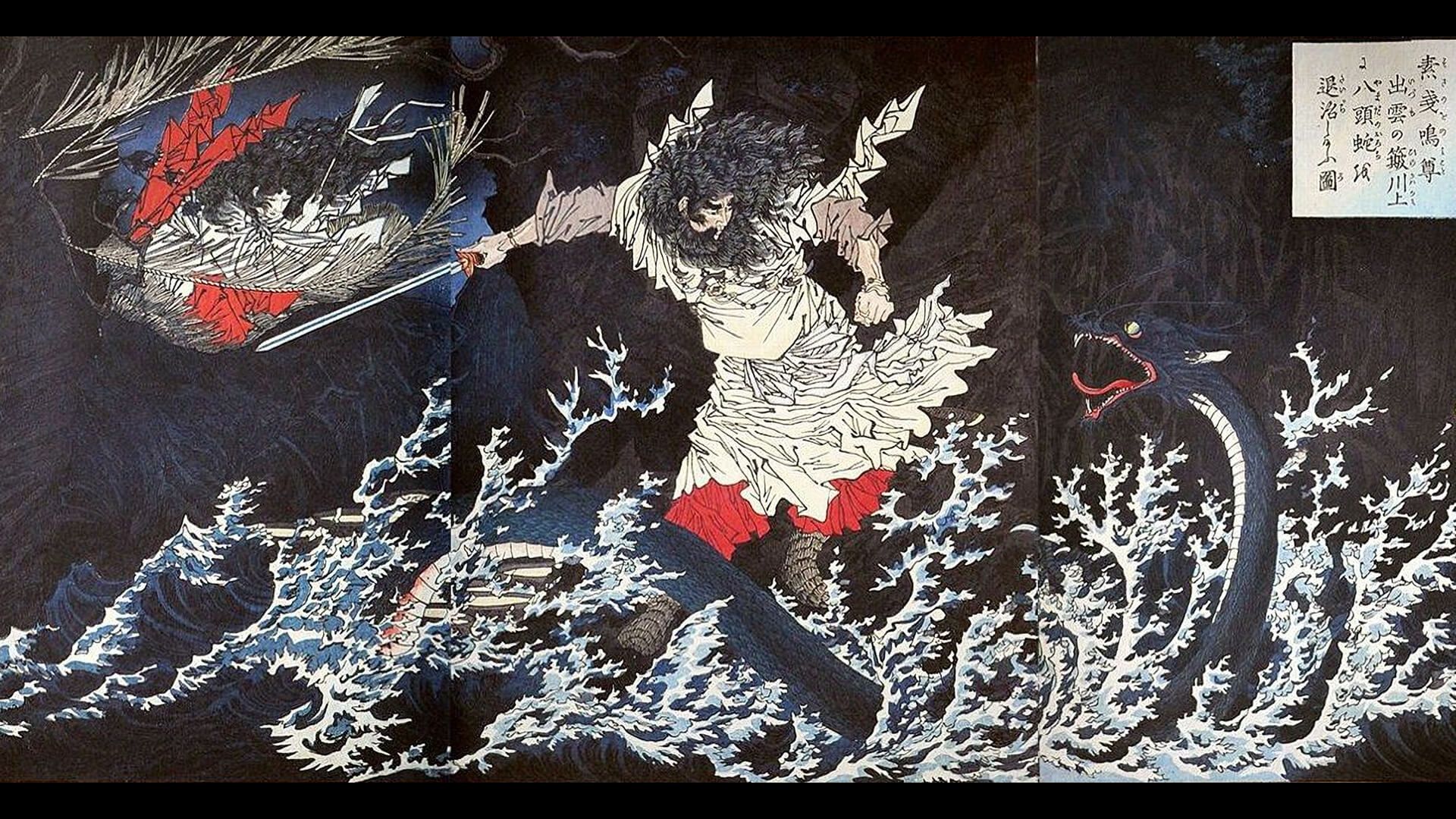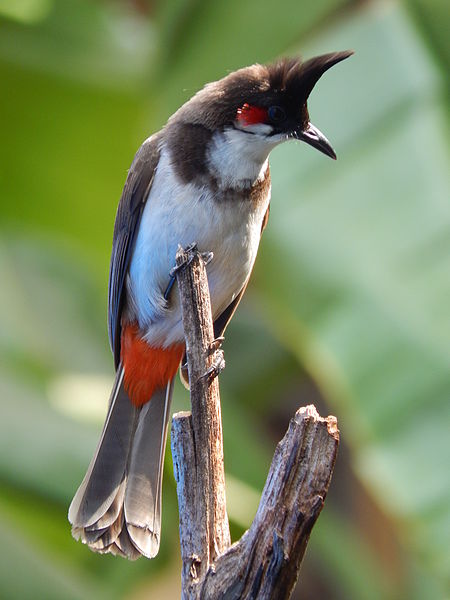Aimee opened her mailbox, the one in the lobby of the Grand Maison, a tiny apartment building in the heart of Brooklyn, only to find a flyer for half off pizza at Antonio's Pizzeria and a utility bill.
"That's okay," she thought to herself. "Tonight is going to be a good night." She climbed four flights of stairs and walked into a messy studio apartment, threw down her keys, and started cleaning. She had big plans for the night and needed to prepare. Aimee had lots of friends to call to extend an invite for the night's gathering.
With a phone tucked between her ear and shoulder, Aimee began to call all the friends she could think of, while putting away various laundry strewn about the tiny apartment. "Jill?!" Aimee said as she pulled a sock from under the bed. "Do you think you can make it to my place tonight for a party?"
"Umm," stammered Jill, "I will try, but work has been crazy lately, and my boss has us working like 80 hours a week. He was pretty mad earlier, so it looks like I'm in for a long night."
"Oh, okay. I'm sorry," responded Aimee. "I hope you don't get kept too late! I'd love to see you!"
"Yeah, me too. We're just really swamped here. I'll let you know!"
"Okay, later, Jill," said Aimee.
Next, Aimee called her friend George. "Hi George! It's Aimee."
"Hi Aimee, what's up?" said George.
"Oh just tidying up," replied Aimee. "I'm having a party tonight, do you think you could make it?"
"That sounds like fun, but I got into a car accident today, and I'm still feeling a little light-headed," he stated nonchalantly. "The doctor said I should take it easy tonight."
"Oh that's terrible! Are you alright?" said Aimee. "You should definitely stay home tonight, I understand."
"Yeah, I'll be alright," said George. "Have a good party. Talk to you later."
Aimee hung up, and she was starting to feel discouraged. She stopped scrubbing the kitchen and decided to try another phone call.
"Hey Tiffany, how's it going?" Aimee said hopefully.
"Hey Aimee! Things are good here. What's going on with you?" replied Tiffany.
"I'm getting ready to host a party. Do you have plans tonight?" she asked desperately.
"Oh shoot, I'm supposed to have a date tonight. We are getting drinks at Clubhouse. I mean, you could join us if you want."
"That's alright," said Aimee. "I'm happy for you! We can get together another time I guess."
"Sounds good, Aimee. Wish me luck!"
"Good luck," replied a despondent Aimee, and she hung up.
"Why doesn't anyone want to come to my party? None of my friends care about me," Aimee sobbed to herself. Suddenly, her phone started to ring.
"Hello?" answered Aimee as she wiped away tears.
"Hey Aimee, it's me, Truman, your friend!" Truman boomed through the earpiece.
"Truman! I'm having an awful time. No one wants to come to my party!" she cried.
"Oh nonsense, who needs them anyway?" he replied sympathetically. "Why don't you come outside? I'm here to pick you up. Let's go have a drink."
"Truman, I knew I could count on you!" she exclaimed.
She ran downstairs and gleefully hopped into Truman's car. "Where should we go?" she asked.
"I've got a place in mind," said Truman confidently.
She smiled, and off they drove. They drove for about ten minutes before Truman pulled into a parking spot in front of a house. "I've got to grab some things from a business associate. Would you mind coming in? It will only take a minute," he said.
"This isn't what I had in mind, but alright," she responded.
They walked up to the door, and Truman held the door for Aimee to enter first.
"SURPRISE!!" shouted a cheerful group of people as Aimee entered the house. She was quite startled and gave out a little scream. She looked around for half a moment, trying to gather her bearings. She realized that Jill, George, and Tiffany were gathered in front of the crowd, and this was a birthday party for Aimee.
"I thought you'd all forgotten my birthday! You had me fooled!"
"How could we forget our lovely friend Aimee's birthday?!" responded George.
"Happy birthday Aimee!" exclaimed Jill.
"Let's cut some cake," suggested Tiffany.
And they proceeded to have the best time they had ever had together. The End.
Photo,
Party, was found on Wikipedia, and link to Wikimedia
here.
Author's Note: This story was based on The Hare with Many Friends in Aesop's Fables. In The Hare with Many Friends a very popular hare is in dire need of some assistance, but all five of the friends he asks for help conjure up excuses, and the hare perishes. Aimee represents the hare in this story. However, I wanted this story to have a happy ending, so her friends blow her off with made-up excuses, and then surprise her with a birthday party. The name Aimee comes from French, and means 'beloved friend,' and Truman, meaning 'loyal,' is the name I chose for her friend that doesn't forget about her. However, we find out that no one forgot, and they have a great time. The friends all came up with excuses just like the friends in The Hare with Many Friends. In this case, it was a good thing. I really wanted to toy with the reader's emotions. I hoped to lead the reader down a dark path, and make them feel that this is a terribly sad story. Much like life, however, sometimes days that start off terribly can end really positively. I was a little inspired by the movie "Sixteen Candles," on which I based the idea of it being the main character's birthday and people close to her 'forget' about it. (Let's be honest though) With Facebook Birthday reminders, no one really forgets birthdays anymore. So for the sake of this story, no one checks their Facebook account that day.
Bibliography: The Hare with Many Friends, from Joseph Jacob's
The Fables of Aesop. Found
here.



















_year.jpg)











